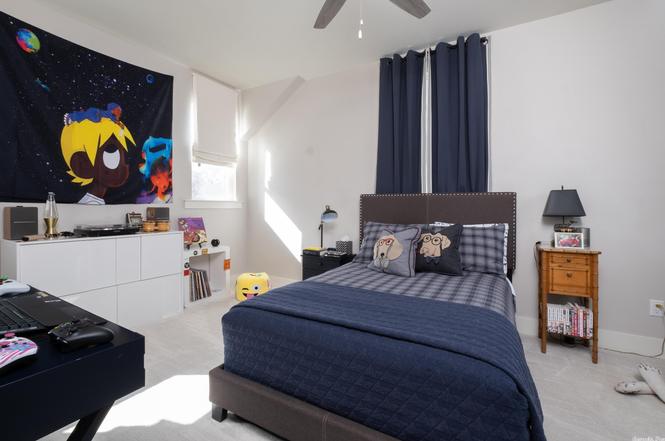

- DXO VIEWPOINT 2 NOT SHOWING IN THE LR EDIT INSTALL
- DXO VIEWPOINT 2 NOT SHOWING IN THE LR EDIT UPDATE
- DXO VIEWPOINT 2 NOT SHOWING IN THE LR EDIT SOFTWARE
- DXO VIEWPOINT 2 NOT SHOWING IN THE LR EDIT PLUS
- DXO VIEWPOINT 2 NOT SHOWING IN THE LR EDIT PROFESSIONAL
What this means is that if you try to open up a CR2 file from an older camera, say a 5D Mark II or 1D Mark IV it may not be able to read the RAW file (although updates are promised – eventually). However, getting parity with the previous version proved to be more than was expected so the new version only works with the latest cameras.

Someone at Canon got the bright idea to do a whole new DPP from the ground up that had much better support for things like printing, soft proofing, adjustments and more. While the user interface does stink, the quality of the algorithms under that ugly UI are very powerful.
DXO VIEWPOINT 2 NOT SHOWING IN THE LR EDIT INSTALL
In fact, most people never bother to even install DPP off the disc so many don’t even know it exists. It’s a crude and nasty UI that you’ll be tempted to dismiss. Recent updates have added support for easily updating lenses without having to get a whole new version of DPP.
DXO VIEWPOINT 2 NOT SHOWING IN THE LR EDIT PROFESSIONAL
Digital Photo Professional (DPP)ĭPP comes in the legacy version, DPP 3.x and under, which supports nearly every CR2 file Canon has made. In the case of Canon, they are trying to map to your Picture Styles. The default is Adobe Standard which simulates Adobe’s ideal, but “camera” processing styles are designed to loosely mimic how your camera process images. The develop tab allows you to tweak those settings, but Adobe also reverse engineers these files to try to create something you’d like as a starting point for your editing process (in the Camera Calibration section – see the “Process” option). Lightroom uses Adobe Camera RAW (ACR) to convert your raw data in a CR2 file into something you can see and use.
DXO VIEWPOINT 2 NOT SHOWING IN THE LR EDIT SOFTWARE
As a result, you’ll often fine that the in-camera RAW processing is very different from software processing – especially if the software is getting updated regularly. This raw processing is burned into the firmware of your camera and it will only get updated if something significant warrants a change. Even if you “only shoot raw” you see this image as the thumbnail to your RAW file and it’s the data that the camera’s histogram that you see is based on. This is when the raw data is converted in-camera and applies all of the editing settings like color space, picture style, white balance, etc… to give you the image you see on the rear LCD panel of your camera. In-Camera JPEG (downsized in Photoshop,watermarked by Zenfolio) If you haven’t done this exercise on your own already, I’d encourage you to do so! Default in-camera JPEG While this article is Canon specific the same concepts apply to any camera that creates a RAW image that is supported by computer based software and/or Adobe products.

This is actually an exercise I do time to time anyway because as software and firmware gets updated, the processing changes often yield different results (not always for the better). To make things more interesting, Canon actually has two versions of its Digital Photo Professional (DPP) software floating around for legacy reasons, so I was curious as to the result I’d get using what amounts various different conversion techniques. We’re not sure if the new version works with RAWs or not.A reader was recently asking me about RAW vs JPEG for a Canon workflow and in the process of replying to those series of emails, I had an ADD moment.įor fun I started comparing the RAW conversion of a Canon CR2 raw file using the latest RAW conversion software from Adobe and Canon as of November 3, 2015. Our problem with the first version of the software was that it only edited JPEGs. With DxO’s introductory pricing (good through October 20, 2013) the software is available for immediate download for $49 after which pricing will be $79. Viewpoint 2 can function with Adobe Photoshop Elements and Apple Aperture along with Lightroom and Photoshop.
DXO VIEWPOINT 2 NOT SHOWING IN THE LR EDIT PLUS
Plus there are new cropping measures that have been implemented for the creation of the final image. Then there is a new “Natural” setting that adjusts the intensity of your editing.Īnd as usual, you can correct all kinds of distortion problems that the image may have. For example, there is now an 8 point line tool that lets users fix any convergent line in the image, regardless of its position.
DXO VIEWPOINT 2 NOT SHOWING IN THE LR EDIT UPDATE
The company recently announced an update in the form of Viewpoint 2, and there seem to be a couple of key upgrades that make the software better. The technology was created using DxO’s massive database of camera sensors and lenses. In fact, that was its main functionality. DxO Viewpoint was a piece of software intended to fix distortion of images.


 0 kommentar(er)
0 kommentar(er)
